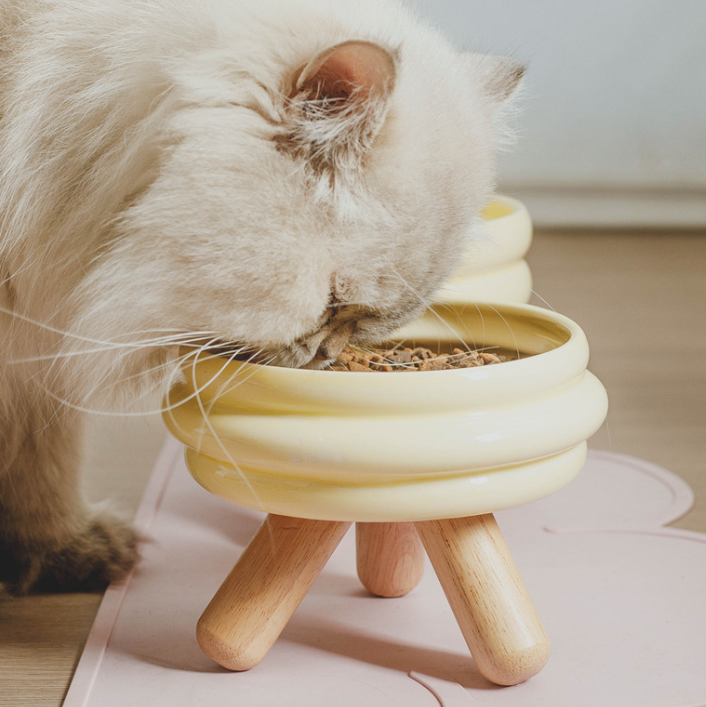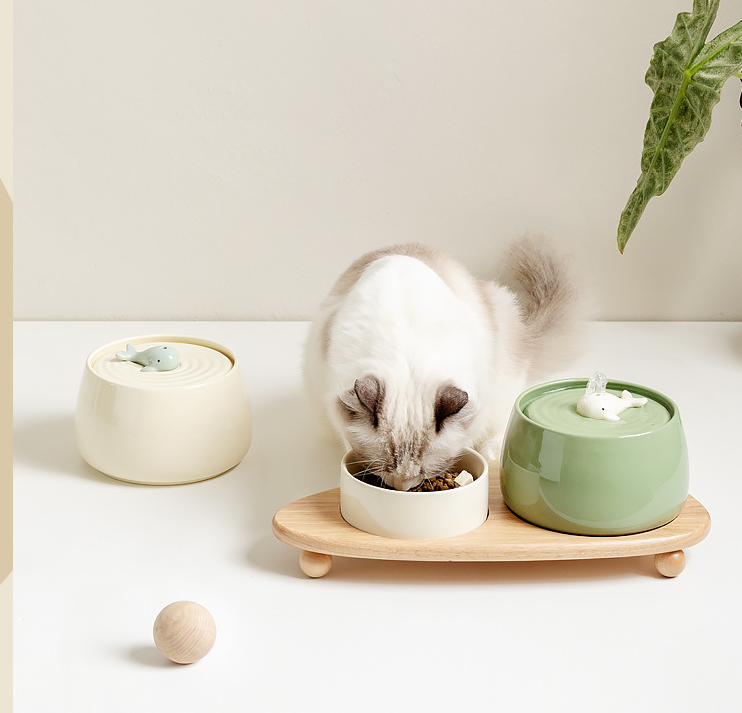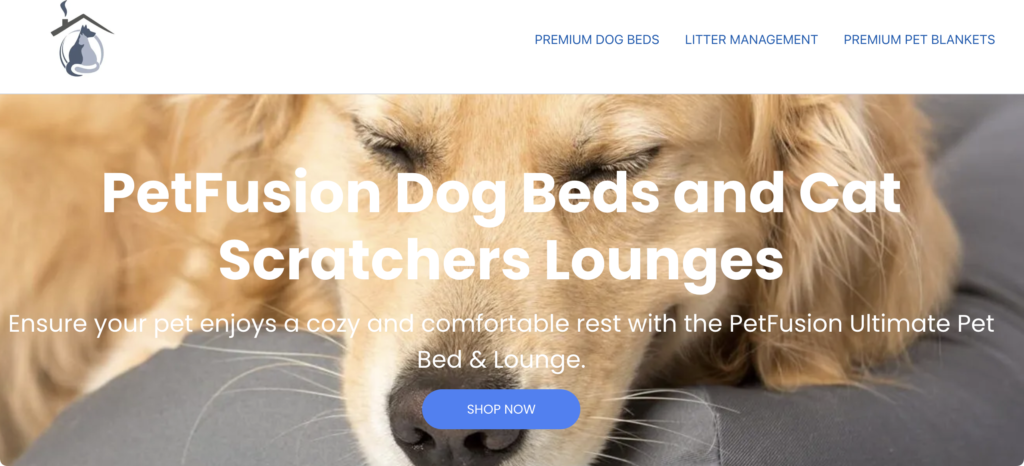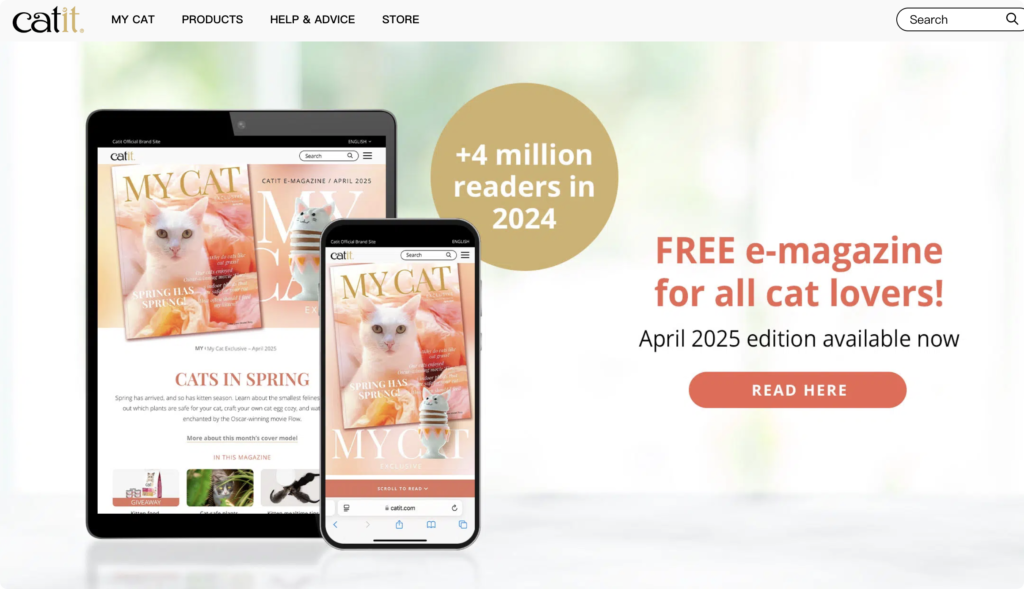When it comes to choosing the perfect pet bowl for your furry friend, it’s easy to overlook the details. After all, a bowl is just a bowl, right? However, selecting the right pet bowl can significantly impact your pet’s eating habits, health, and even your home decor. Whether you’re feeding your dog, cat, or another pet, understanding the different types of bowls available and their features is key to making an informed decision.
In this article, we’ll break down the 3 most important things to know before purchasing a pet bowl. From material choices to size and design considerations, we’ll guide you through it all. By the end, you’ll have a better understanding of what works best for your pet and your lifestyle.
1. Material Matters: Choosing the Right Material for Your Pet Bowl
The material of your pet’s bowl is not only a matter of aesthetics; it can also affect your pet’s health, the bowl’s longevity, and ease of maintenance. Below are some common materials used for pet bowls, and the pros and cons of each:
| Material | Pros | Cons |
|---|---|---|
| Ceramic | – Durable and heavy, prevents tipping – Aesthetic variety (can match home decor) – Non-toxic, safe for pets | – Can break easily if dropped – Heavier and harder to clean compared to some other materials |
| Stainless Steel | – Durable, resistant to rust and staining – Easy to clean and dishwasher safe – Often comes with non-slip bottoms | – Some pets may dislike the sound of metal scraping against it – Lighter weight may cause bowls to tip over |
| Plastic | – Lightweight and inexpensive – Often comes with fun colors and designs – Can be good for travel | – Easily scratched, which can harbor bacteria – Some plastics can leach harmful chemicals, especially if exposed to heat |
| Silicone | – Flexible and lightweight – Easy to clean and store (can fold up for travel) – Non-slip and gentle on floors | – Less durable over time, especially for chewers – May not be as aesthetically pleasing for all pet owners |
Each of these materials has its own benefits depending on your pet’s needs and your priorities as a pet owner. Ceramic bowls are great for stability and aesthetics, stainless steel is the best for durability and hygiene, plastic is budget-friendly and convenient, and silicone bowls are great for portability.
2. Size & Depth: Get the Right Size Bowl for Your Pet’s Needs
Another critical factor when choosing a pet bowl is its size. If the bowl is too small, your pet may not get enough food or water in one sitting, while a bowl that’s too large could cause discomfort or lead to excessive eating. It’s essential to choose the right size to ensure that your pet can eat and drink comfortably.

Here are some general size guidelines based on different types of pets:
- Dogs: A medium-sized dog typically requires a bowl that holds between 2 to 4 cups of food or water. Larger dogs will need bigger bowls (5 cups or more), while smaller breeds may need bowls that hold 1 to 2 cups.
- Cats: Cats usually require smaller bowls (1 to 2 cups). It’s also helpful to have a shallow bowl to avoid whisker fatigue, which can occur when a cat’s whiskers touch the sides of a deep bowl.
- Small Pets: For animals like rabbits, guinea pigs, or hamsters, smaller, shallow bowls are ideal. They don’t need large quantities of food or water, so a small bowl is sufficient.
Be sure to choose a bowl that fits your pet’s size and eating habits. For example, some dogs tend to eat too quickly, which can lead to digestive issues. In these cases, using a bowl designed to slow down eating, such as one with ridges or a maze-like design, may be a better option.
3. Design & Functionality: More Than Just a Bowl
Beyond the material and size, the design of your pet’s bowl plays a role in its overall functionality. Some pet bowls come with additional features that may enhance your pet’s feeding experience, or make it more convenient for you as an owner. Here are a few design considerations:

- Non-Slip Base: A non-slip or rubber base is an excellent feature, especially if you have a pet that tends to push their bowl around. This will prevent spills and make mealtime less messy.
- Elevated Bowls: For larger dogs, or pets with certain health conditions, an elevated bowl can help with digestion and reduce neck strain. Elevated bowls can also be more comfortable for older pets.
- Automatic Feeders: If you’re someone with a busy schedule, an automatic pet feeder might be a great investment. These feeders can dispense food at predetermined times, ensuring your pet gets fed even when you’re not home.
Consider these additional features based on your pet’s needs. If you’re short on time, an automatic feeder could save you from having to prepare meals every day. If your pet is older or has mobility issues, an elevated bowl may help reduce strain on their body.
Pet Bowl FAQs: Common Questions Answered
Q1: Why does my dog’s bowl get dirty so quickly? A: Dog bowls can get dirty quickly due to the bacteria and food particles that build up over time. It’s important to clean your pet’s bowl regularly, ideally after each meal, to maintain hygiene. Stainless steel and ceramic bowls are much easier to clean than plastic ones, which tend to scratch and trap bacteria.
Q2: How often should I replace my pet’s bowl? A: It’s a good idea to replace your pet’s bowl every 1 to 2 years, depending on the material. Ceramic bowls can chip or crack over time, while plastic bowls may degrade, especially with frequent cleaning or exposure to heat.
Q3: Is it safe to leave food in my pet’s bowl all day? A: For dry food, leaving it out all day is usually fine, as long as your pet is eating it regularly. However, wet food should not be left out for extended periods, as it can spoil and lead to bacterial growth.
Q4: Can my pet be allergic to the material of their bowl? A: Yes, it’s possible for pets to have allergic reactions to certain materials, especially plastics. If you notice signs of irritation or discomfort around your pet’s mouth or face after eating, try switching to a different material, such as stainless steel or ceramic.
Popular Pet Bowl Brands to Consider
1. PetFusion

PetFusion’s pet bowls are known for their modern design and high-quality materials, particularly their stainless steel bowls with anti-slip bottoms. They are ideal for dogs that tend to tip over their food or water bowls.
2. Lixit
Lixit specializes in elevated pet bowls, which are perfect for larger dogs or older pets that have difficulty bending down to eat. These bowls come in a variety of sizes and are adjustable to suit different pet heights.
3. Catit

Catit is well-known for creating pet bowls designed specifically for cats, with features such as low, wide, and shallow designs that prevent whisker fatigue. They also offer bowls with built-in food and water dispensers.
4. Neater Pet Brands
Neater Pet Brands are highly rated for their self-cleaning pet bowls, which feature a unique design that prevents spills and splashes. Their models are also dishwasher safe, making cleanup easier for busy pet owners.
5. Smaxo
Smaxo offers a variety of pet bowls that combine durability and style, including non-slip bowls and elevated options. Their bowls are designed to be eco-friendly and come in both standard and slow-feeding designs for pets that tend to eat too fast.
Conclusion
Choosing the right pet bowl for your furry friend is more important than it may seem. From the material to the design, size, and functionality, there are plenty of factors to consider when selecting the best bowl for your pet’s needs. Ceramic, stainless steel, and silicone bowls each offer unique advantages, and understanding your pet’s eating habits and health can help guide your choice.
As a pet owner, investing in a high-quality pet bowl can not only make mealtime more enjoyable for your pet but also ensure their health and safety. Be sure to take into account the material, size, and added features that suit your pet’s lifestyle. By following these guidelines, you’ll be able to choose a pet bowl that keeps your furry friend happy and healthy for years to come.
If you’re looking for custom pet bowl options or other ceramic products, companies like EKA offer OEM and ODM services for pet product suppliers worldwide. You can create personalized pet bowls that perfectly match your brand’s style and your customers’ needs.

